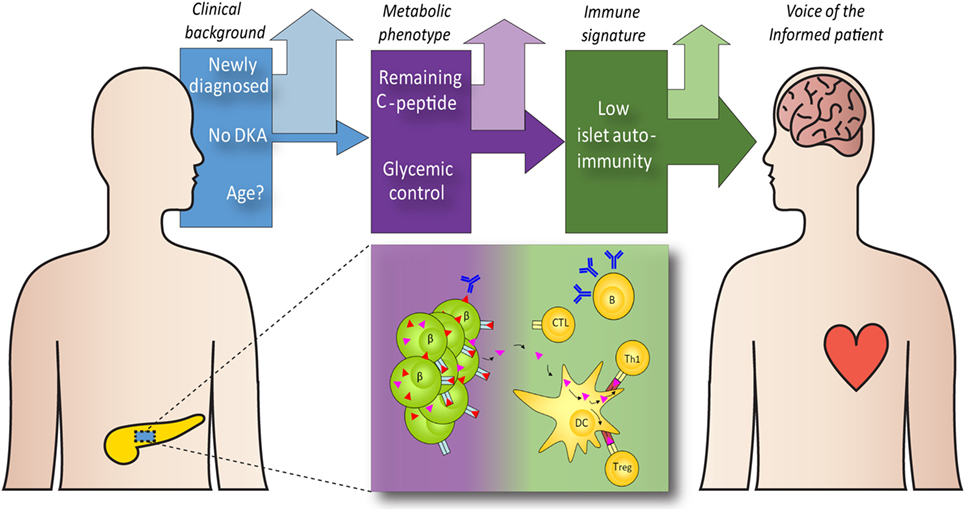

Suppression of inflammatory activity is the cornerstone of MS treatment and the introduction of disease-modifying therapy (DMT) for MS in the mid-1990s demonstrated that immune modulation could reduce the rate of clinical relapses and accompanying magnetic resonance imaging (MRI) changes of inflammation ( 5), in turn leading to a reduction in the rate of accumulation of disability. Longitudinal studies have demonstrated the median time from disease onset to a requirement of a cane to walk 100 m is 27.9 years ( 3) and a recent meta-analysis reported a 2.8-fold increase in mortality ratio in MS, predominately in patients with Expanded Disability Status Scale (EDSS) scores >6, as a consequence of bulbar or respiratory muscle dysfunction ( 4). Once patients have reached the progressive disease phenotype, degeneration becomes the predominant feature of the disease and fails to respond to immunotherapy. The early phase of the disease is marked by episodic inflammation. While the transition from RRMS to SPMS remains difficult to define, it typically occurs between 10 and 20 years from first MS symptoms ( 2). In the majority of patients, the disease follows a relapsing and remitting course, with up to 80% of individuals entering a secondary progressive (SPMS) phase of the disease associated with gradual neurological decline. Multiple sclerosis (MS) is an inflammatory condition of the central nervous system (CNS) that affects over 2.3 million people worldwide and is the commonest cause of non-traumatic neurological disability in young adults, with a median age of onset of 34 years ( 1). In this review, we discuss the immunological mechanisms of IR therapies, focusing on AHSCT, as a means of recalibrating the dysfunctional immune response observed in MS. Furthermore, some evidence exists that AHSCT may induce a rebooting of thymic function and regeneration of a diversified naïve T cell repertoire equipped to appropriately modulate the immune system in response to future antigenic challenge. Restoration of immunoregulation is evidenced by changes in regulatory T cell populations following AHSCT and normalization of genetic signatures of immune homeostasis. Although the antigenic target of the aberrant immune response in MS is not defined, accumulated data suggest that IR following AHSCT results in an immunotolerant state through deletion of pathogenic clones by a combination of direct ablation and induction of a lymphopenic state driving replicative senescence and clonal attrition. Empirical clinical observations support the notion that the immune reconstitution (IR) that occurs following AHSCT is associated with a sustained therapeutic benefit however, neither the pathogenesis of MS nor the mechanism by which AHSCT results in a therapeutic benefit has been clearly delineated.

Recently, more intensive therapies, including immunoablation with autologous hematopoietic stem cell transplantation (AHSCT), have been offered as a treatment option to retard inflammatory disease, prior to patients becoming irreversibly disabled. The inflammatory phase of the disease responds to immunomodulation to varying degrees of efficacy however, no therapy has been proven to arrest progression of disability. Multiple sclerosis (MS) is an inflammatory disorder of the central nervous system where evidence implicates an aberrant adaptive immune response in the accrual of neurological disability. 4St Vincent’s Clinical School, University of New South Wales, Sydney, NSW, Australia.3Centre for Applied Medical Research, St Vincent’s Hospital Sydney, Darlinghurst, NSW, Australia.2Neurology, St Vincent’s Hospital Sydney, Darlinghurst, NSW, Australia.1Haematology and Bone Marrow Transplantation, St Vincent’s Hospital Sydney, Darlinghurst, NSW, Australia.


 0 kommentar(er)
0 kommentar(er)
